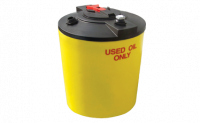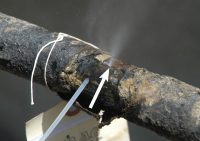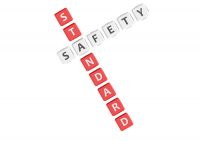Who Owns This UST?
Although it may seem obvious that if you ever owned or operated an underground storage tank (UST) that you are responsible for compliance or cleanup in case of a leak, the fact is that many USTs have long and complicated histories, and identifying the responsible party when, for example, the tank had multiple owners is […]










